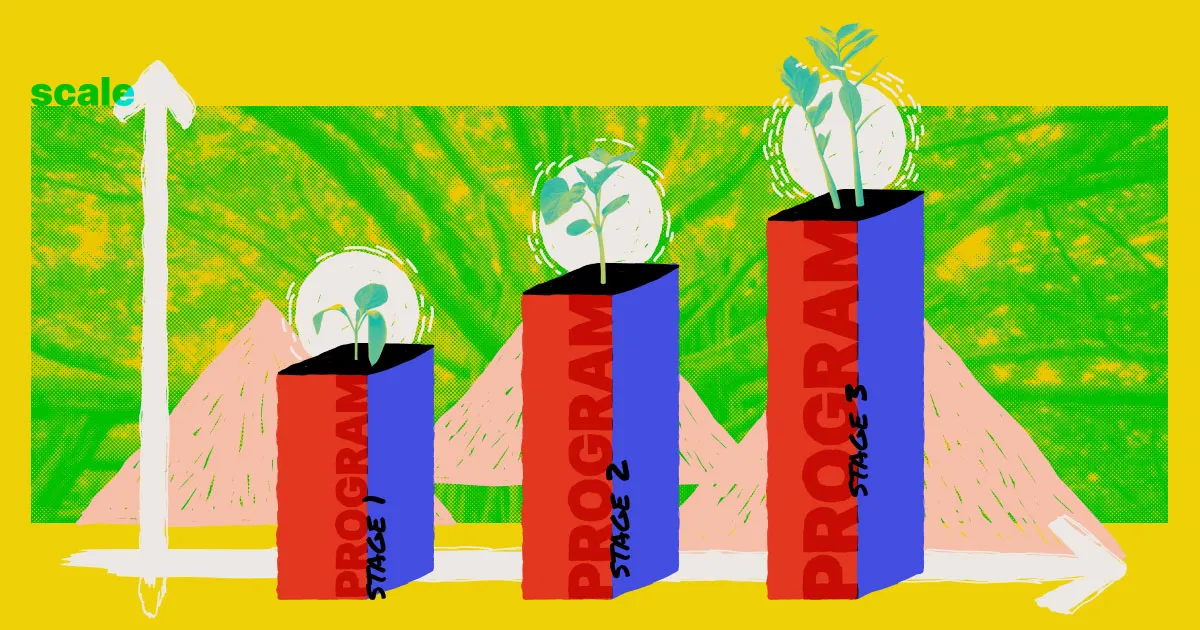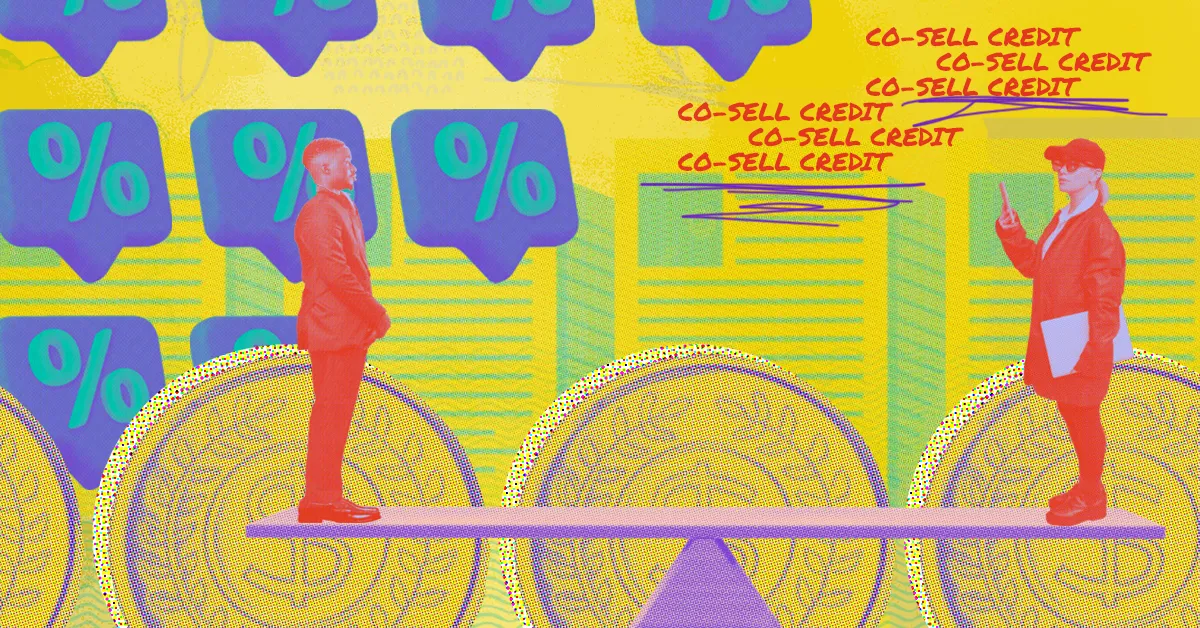You’ve successfully launched your first partner program (congratulations!) and are now faced with the task of scaling and maintaining your active partnerships. One of the most-loved expert sessions that took place at 2022’s STACK’D conference addressed just that. STACK’D is PartnerStack’s customer summit, where leaders in the partnership space come together to share their expert advice and rub elbows with SaaS’ top minds. In his session, Cory Snyder, VP of Partnerships at Sendoso, shares his top advice for nurturing a maturing partnership program to keep your partners active and engaged throughout as you experience rapid growth.
Snyder is well-versed in the partnership world. He has 15 years of SaaS experience, with 10 of those devoted solely to partnership leadership. Snyder is also the recipient of PartnerStack’s own Partnership Leader of the Year award in 2022. He has the receipts to back up that experience, too; at his former company, Maropost, he launched a partner program in just four weeks. That program brought in an impressive $1.3 million in revenue within the first year. With all that in mind, he is one of the leading experts to speak to the topic. Read on for his best advice on managing growth while maintaining stability.
How to scale a partner program with stability
Keep the following in mind as your program begins to grow.
Understand your partnership program stage
It's important to first take stock of the current state of your partnership program to address its exact right needs. As you stabilize your growth, it will change depending on the stage because managing your partnership relationships requires understanding how much attention to devote to each partner and when. Snyder likens this to raising children, defining the stages of growing partnership programs through three stages:
- Infant stage: The early partnership days when both vendor and partner are learning. At this point, your partner program is growing so fast that it will change in six months so it’s imperative to be able to adapt and pivot.
- Teenage stage: At this point, the partnership program is beginning to scale, and you’ll be receiving more talkback from partners. Expect and be open to feedback conversations.
- Senior stage: You have a maturing partnership program. If you’re stabilized your program effectively, you should now be leveraging partners to grow your community.
Now that you’ve defined the stage of your partnership program, let’s dig into Snyder’s advice for managing partner program scale with stability.
.webp)
Manage scale with a thoughtful tech stack
Snyder recommends integrating systems to scale partnership programs more efficiently. He shares some specific integrations he utilizes to automate many partner management tasks. One particularly useful integration is your CRM with Reveal. For context, Reveal allows you to take a partner and your database and investigate overlaps. If you’re questioning whether a partner presents a good relationship, you can analyze customer overlap to know automatically if they have the same ICPUs as you. “As soon as I go into a conversation with this person, I know whether we should continue that relationship and conversation,” Snyder explains. “If we have 200 customers in common, let’s move this thing forward.” By fully integrating this into the program’s CRM, it puts that information at the front of the sales rep’s face to increase internal adoption. “It will speed up your partner conversations massively,” Snyder concludes.
Leverage relationships around you
“Leverage everyone but yourself,” Snyder advises. One way to do so is to automate using Slack channels and notifications. Snyder creates a Slack channel for engaged partners to help initiate conversations with potential partners or reactivate partnerships that have gone dark. This will not only create momentum for your program, but it will also encourage champions for it within your company. Another simple yet effective tip that Snyder utilizes to help grow his program that’s genius in its simplicity is that he includes a call for partner referrals in his email signature. When he responds to a thread, his signature simply reads, “In addition, do you know of anyone who I should partner with?”. By doing this, he makes partners into partner recruiters. Snyder has seen success where his correspondents saw the signature, read it as a direct question addressed to them and responded with leads. “It’s the dumbest idea that works so well. Steal it!” he urges.
Revive inactive partners
Snyder recommends using automation to reignite opportunities that have gone dark while also increasing adoption within the organization. He does so by setting up automated notifications when reps input a closed opportunity with a partner attached (though he sets them up so only he receives those notifications, not the reps). Not only is it beneficial for data tracking, but at the end of each week, he copies that data and sends a note to the reps to ask how he can assist in reactivating those partner accounts. The key for this is encouraging the habit of communicating when accounts have gone dark and utilizing resources (like the aforementioned Slack channel with engaged partners).
Related: What is co-selling in a partner ecosystem and how can you do it?
.webp)
Build your programs to pivot
Position yourself in a way that you can pivot your program as needed to run a successful partnership program. Snyder recommends analyzing data every six months, or more frequently if your program is still in its infancy. The two determining factors he uses for strategic pivots are data and the needs of the business. That data is magical for telling stories, he says, and can also provide a great opportunity to update your company’s executive team on your progress and success. Some tips Snyder shares to make a partner program easily adaptable are simple yet save so much time and effort. For legal agreements, he recommends implanting a standard contract where 90 per cent of the agreement is the same and adding addendums for each one of the programs. In doing so, if an update is made to a referral partner program, it doesn’t become necessary to notify all the partners (including agency and resellers). If you create just one agreement and make a change, you’ll need to notify all your partners to whom it may not be relevant. Smart but simple moves like this will create a more efficient partner program with happier partners.
Define success within elements of your partner program
“Define success within elements of your partner program, not the partner program,” Snyder cautions. Some areas he recommends:
- New partner recruitment
- Active partner engagement
- Partner attach rate
- Time to first (or as Snyder recommends, second) sale
- Percentage of total revenue by partners
- Profitability across all programs
Snyder recommends defining success as when you’re exceeding goals in those specific areas of the program and when partner satisfaction is at a high. To track partner satisfaction, send surveys and request feedback. Measure if your sales team is actively involving partners in conversations by tracking Slack conversations or in your CRM as you track meetings. And one of the best ways to define success? If your partners and internal employees are posting about your partnership program.
Always welcome feedback
Snyder emphasizes the importance of always welcoming feedback to continue growing your partner program maturity. “If partners aren’t giving you feedback, you have a problem. It means they’re giving it to somebody else,” he says. It’s inevitable that your partners will have other partners, including your competitors. Their ability to provide knowledgeable feedback based on other partnerships is what makes them educated partners who can provide great insight. As a partnership manager, the goal to make that partner relationship so good that it doesn’t matter what your competitors are doing. Snyder shares additional advice for welcoming feedback. “I love it. Negative or positive — it doesn’t matter. Feedback is a glorious thing.”

















